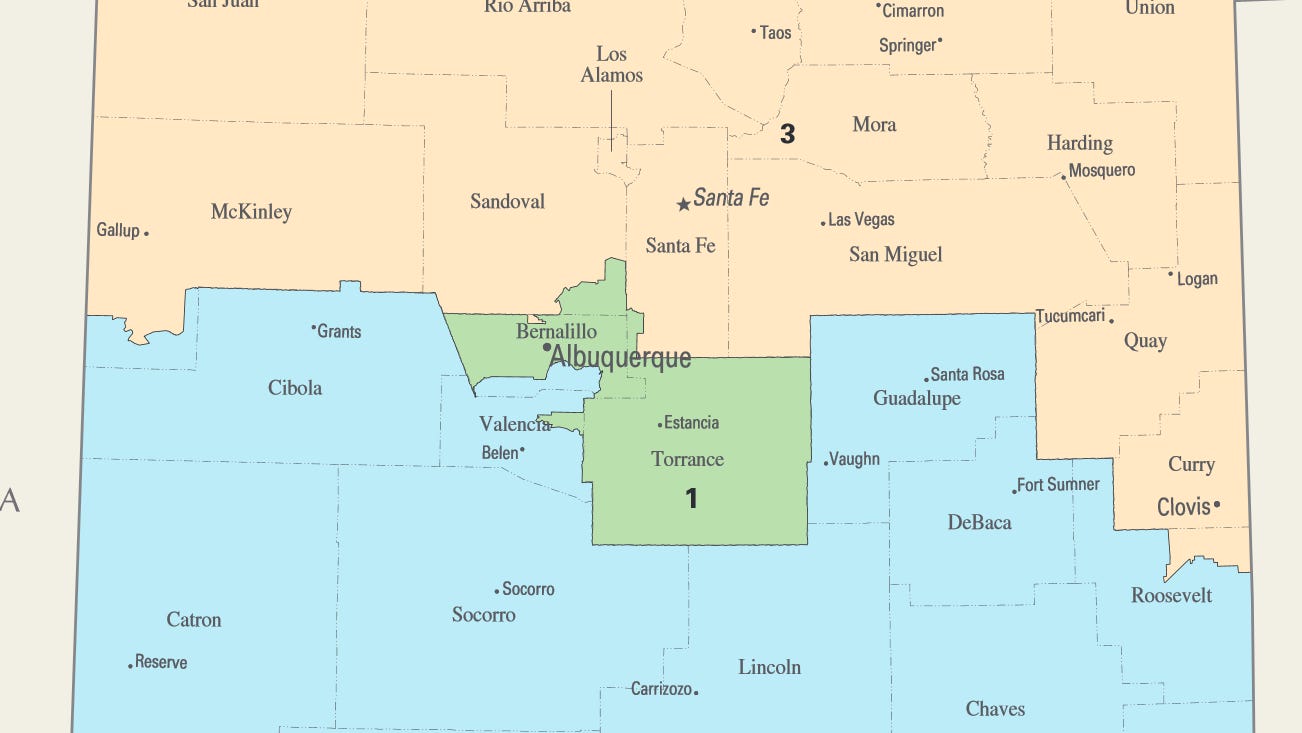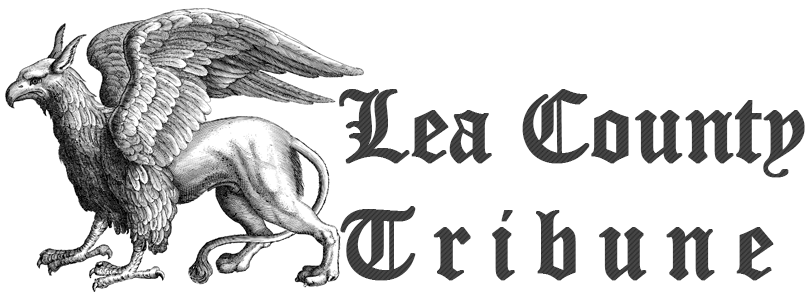
New Mexico’s Second Congressional District, which now includes all of Lea County, is in the state’s political spotlight right now.
The current boundary lines of Republican slanting District 2 may be redrawn when the state legislature reconvenes in December to decide changes to the specific configurations of the state’s three Congressional Districts.
Governor Michelle Lujan Grisham is tasked with placing the final stamp of approval on what the legislature brings to her desk.
Decisions made in December will remain in effect for the next 10 years. Democrats and Republicans alike see new redistricting as pivotal to increasing their chances of gaining seats in the US House of Representatives and in the state legislature. Each party wants to strengthen its political clout within the state. The result is a partisan hot button.

What is Redistricting?
According to Ballotpedia, “redistricting is the process by which new congressional and state legislative district boundaries are drawn.” New Mexico’s three United States Representatives, 112 state legislators and the members of its Public Education Commission are elected by districts, whereas the state’s two United States senators, as well as the governor, are elected by the state at-large.
All US states redraw district boundary lines every 10 years after the completion of the most recent United States Census. When redrawing district boundary lines, the federal government stipulates that each state must create districts with “nearly equal populations”, as well as districts that do not discriminate when it comes to “race” or “ethnicity”.
It is obvious that this process is tedious and, of course, political. District configurations are vital to both state Democrats and state Republicans when it comes to winning seats in the US House of Representatives and in state legislatures.
In order to avoid partisan redistricting, experts have recommended a variety of different solutions such as relying on independent bipartisan commissions or “algorithmic” redistricting, in which districts would be drawn by a computer program in order to meet certain non-partisan goals.
In the case of New Mexico, the state has formed a likely non-partisan commission to advise on the process.
The New Mexico Redistricting Advisory Commission
Earlier this year in April Governor Grisham signed SB 304 into law. Retired New Mexico Chief Justice and Co-chair of the New Mexico Redistricting Task Force Ed Chavez referred to SB 304 as “groundbreaking”.
The new law creates a, hopefully impartial, seven member redistricting advisory commission, composed of two Democrats, two Republicans and three nonpartisans.
The new commission has no real power. Still, its task, according to the Redistricting.org website, is to hold at least six public hearings before the publication in late October of its proposed plans. The commission will then hold six additional meetings after the publication of its maps. These meetings must be held throughout the state “in central New Mexico and in each of the four geographic quadrants of the state, with at least one meeting on tribal lands.” All of these meetings must be accessible online and allow public participation.
According to a Cook Political Report article, the commission is mandated to submit at least three maps for consideration before October 30. “Here’s the catch: the commission serves an advisory role only, and to reformers’ chagrin the legislature may adopt, modify or ignore its proposals.”
Proposed Map H Significantly Changes District 2
The advisory commission, as of this article’s publication, has completed its mandated tasks of holding public hearings and entertaining public input. Further, after considerable tedious discussion followed by a final vote, it has set forth its proposed maps for the legislature to consider in December.
Proposed Map H, submitted by the Center for Civic Policy on behalf of the People’s Power, People’s Maps Coalition, creates a District 2 that is very different from the one we have today.
The new map splits New Mexico’s southeastern counties between District 2 and District 3. In doing so Hobbs and Lea County are also split up, with the northern areas of the city and the county, which includes all of Lovington and Tatum, pushed into the same congressional district as Santa Fe.
Hobbs Mayor Sam Cobb does not support dividing the city into two congressional districts. According to the mayor, the different demographics in Hobbs work well together. “We feel like we have a very collaborative community,” he said. The folks of Hobbs simply do not hold the same political philosophies as the people of Santa Fe.
Advisory commission member Christopher Saucedo, an Albuquerque attorney, agrees. He argues that the new redistricting splits “the conservative southeastern portion of the state into thirds.”
At the advisory commission’s meeting on Friday, October 22, Saucedo said, “No other map does that to a region of the state. We are not splitting up north-central New Mexico or northwest New Mexico, which clearly also have an identity.”
The majority of advisory committee members, however, disagreed with Saucedo’s argument. Supporting the need for a vastly different District 2 than the one of today, the redrawn map of Congressional District 2 was approved by a vote of 5-2.
Proposed Map H tends to parallel Speaker of the New Mexico House of Representatives Brian Egolf’s (Dem) thoughts after Republican Yvette Herrell won the District 2 US House of Representatives congressional seat in 2020. The day after Rep. Herrell’s election, Rep. Egolf, known as a progressive Democrat, vowed that District 2 boundaries would change. He is quoted as saying, “So next time it’ll be a different district and we’ll have to see what that means for Republican chances to hold it.”
About the new boundaries for District 2 (Map H), State Republican Party Chairman Steve Pearce is vocal about his opposition. For Pearce, as well as for many other Republicans, the new boundaries do not reflect traditional values of District 2 constituents. “Voters of the 2nd District share traditional values across racial lines, party lines and any other line used to describe voters. They are pro-family, pro-life, pro-gun and pro-economic growth…It is time to stop the rigging and focus on how to improve education, stop the crime, create new industries, jobs and careers,” says Pearce.
Pearce previously held the position of US Representative from this district before launching a failed bid for New Mexico governor against current incumbent Michelle Lujan Grisham.
The Other Two Maps
Two additional maps have been approved by the commission for the legislature’s consideration in December.
The first makes only minor changes to current District 1 boundary lines and is in alignment with district boundaries that are in effect today.
The second changes District 3 boundaries to “…pull some of the 2nd Congressional District north along the eastern part of the state, incorporating much of that region’s ranching community into a district that shares many of the same traits and concerns,” states correspondent Robert Nott in an article published in The Santa Fe New Mexican.
According to Nott, the next step for the advisory commission is to send its proposed maps to “a political science expert at the University of Georgia for evaluation to ensure they adhere to the national Voting Rights Act and do not favor one political party over another.”


